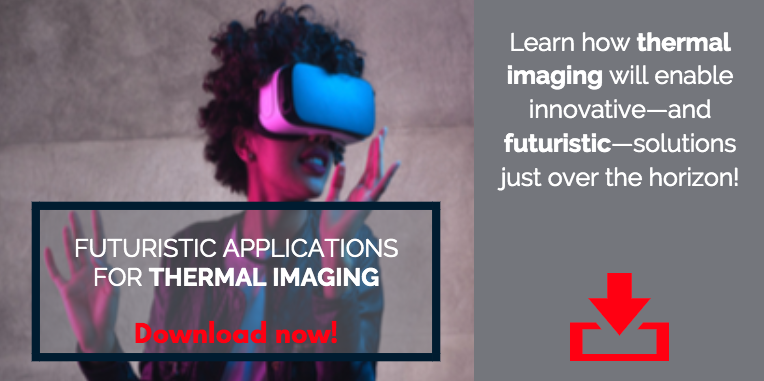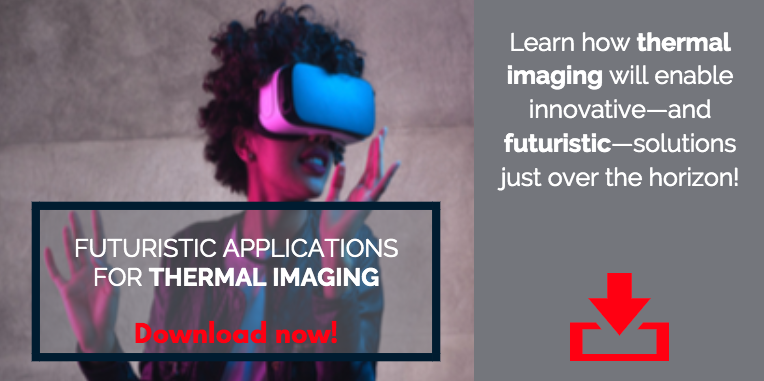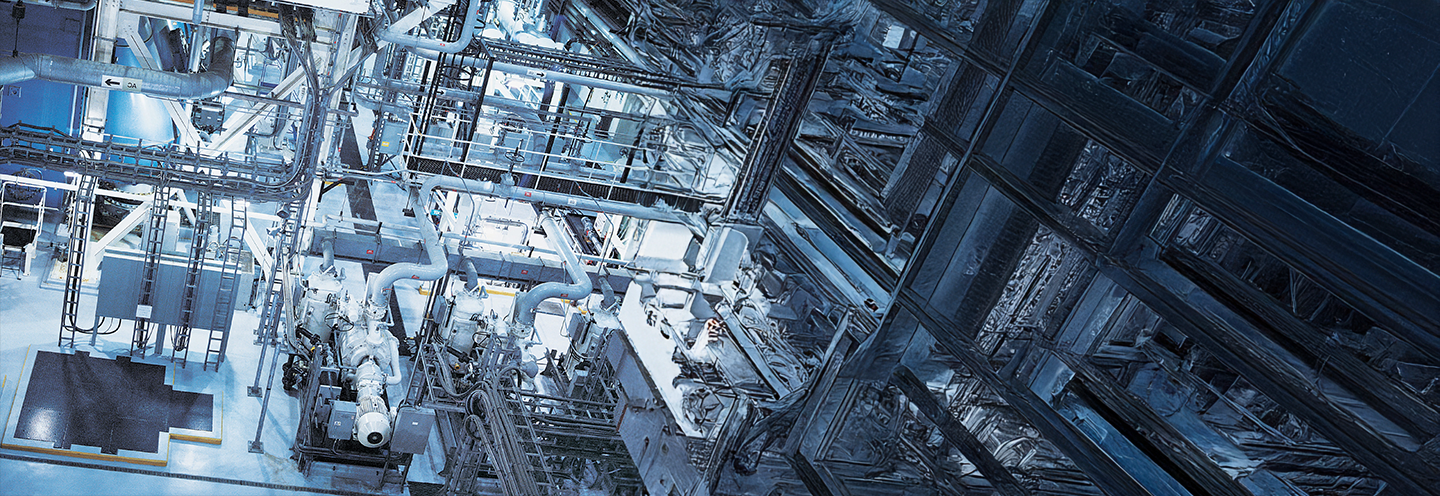Connected devices are becoming increasingly common, both for everyday consumer usage and for industrial and commercial applications, where they are carving out a surprisingly important position.
By their nature, connected devices leverage innovative technology, of course. Some connected devices use infrared technology. And, while most people know the basics of what infrared technology is, they don’t necessarily know all of the things it can be used for in our day-to-day lives.
This article discusses a few innovations currently under development, and all of them use thermal sensors! These promising new solutions have a bright future ahead of them—either used on their own or combined with other new technologies and ideas. There are no limits to what the imagination—and innovation—can do!
More efficient use of workspaces
Equipping office space with presence detectors can provide valuable insights into how workspaces are being used and improve workspace management.
Tiny sensors are installed on the ceiling and connected to the network to send occupancy data. Because thermal imaging can detect human presence without identifying individuals, all data is anonymous, protecting employees’ privacy.
The goal, of course, is not to spy on employees, but rather to make the most efficient use of office space while meeting employees’ needs. The data generated can be used to create workspaces that better respond to employees’ habits, improve workspace ergonomics, and right-size workspaces to actual usage.
Energy management for commercial buildings
Connected infrared sensors can also be used in commercial buildings to more effectively manage energy spending and make cleaning and related services more efficient.
The goals are to give employees a more comfortable work environment and reduce operating expenditures.
Connected glasses
Connected “smart” glasses work much like a miniature computer that the user can control via a display close to the eyes and voice commands. These glasses leverage several technologies, including a miniature thermal camera. There are many potential uses for this type of innovation, from entertainment to industrial applications, such as on manufacturing lines or maintenance activities.

Self-driving vehicles
Self-driving vehicles—now within our reach—take advantage of a number of different technologies, including thermal vision sensors. One of the current concerns surrounding self-driving vehicles is safety. For now at least, self-driving vehicles must be used on stable terrain equipped with fixed markers. However, widespread adoption is just over the horizon. In the near future, self-driving shuttles will be found on our city streets and in other strategic locations like airports and business centers. Self-driving vehicles will also be used for deliveries, efficiently getting fresh foods and other products to their destinations. Thermal vision sensors are crucial to the safety of self-driving vehicles, allowing the vehicles to operate during the day or at night and in all weather conditions.
Warehouse surveillance robots
Surveillance robots can patrol warehouses all by themselves! Equipped with video surveillance cameras, motion detectors, and thermal cameras, the robots can alert off-site security guards to any anomalies so that they can look into the situation and, if necessary, take action.
These are just a few examples of connected devices that use thermal vision and infrared technology. However, they do give you an idea of the broad range of possibilities! The use of thermal imaging is growing and it will soon make its way into many of the devices we use every day.
To learn more about innovations that use thermal imaging, download our infographic showing the many future—and some futuristic!—applications for thermal imaging technology.












